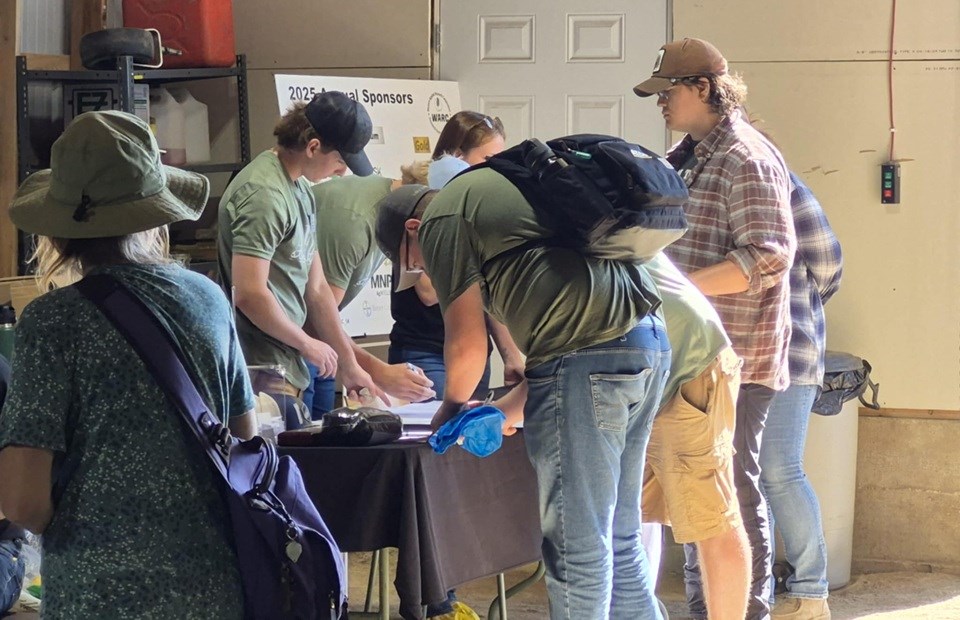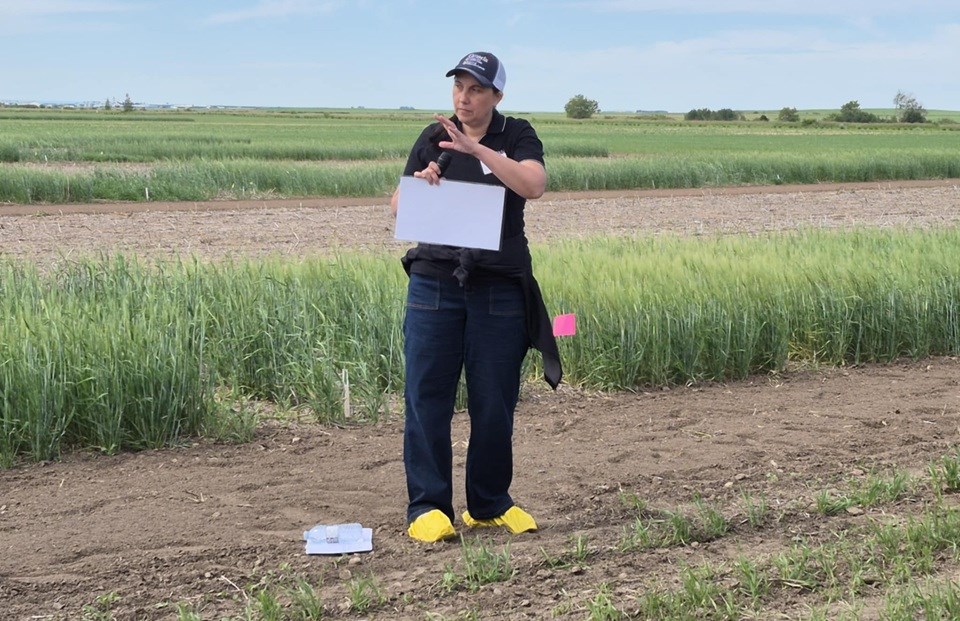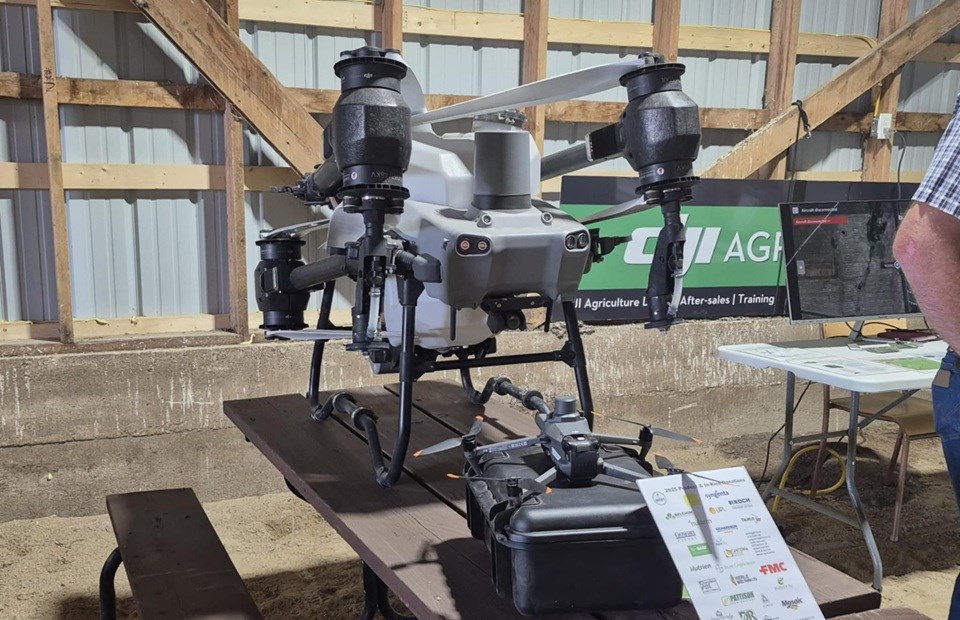SCOTT — Agriculture and Agri-Food Canada (AAFC) and Western Applied Research Corporation (WARC) held their annual field day at the Scott locations, welcoming farmers, ag-related company representatives and ag researchers to see what work has been done over the past growing season.
Guests had the opportunity to tour both the AAFC and WARC plots, with each tour showcasing something different.

The AAFC tour started with information on managing Group 14 resistant kochia, looking at how the timing of tillage and depth of disturbance can be a key factor in controlling kochia.
Next, guests learned about ultra-early seeding systems for Western Canadian barley. With Dr. Ana Badea speaking on the subject, the plots were planted with different barley varieties at ground temperatures between 0 °C to 10 °C for the season and are monitored on their progression.
Research has also been conducted on improving nitrogen use efficiency in canola, highlighting minor use crops, and practices tailored to enhance seed survivability and uniform maturity in barley.

In the meantime, over on the WARC plots, information was shared on improving standability of wheat without plant growth regulators (PGR), regional impact on traits and flowering times in spring wheat, pre-harvest sprouting rates for barley varieties, nitrogen management in oats, a pulse variety showcase and the potential benefits of PGRs on pulse crops. The last plot on the tour was to show if micronutrients applied to canola actually increase yield, which will show more results after harvesting the seed.
Following lunch, WARC unveiled their new building, located north of the AAFC research facility. The new building will be used in day-to-day agricultural operations, including chemical storage, chemical mixing, grinding soil and plant matter, drying plants, grain cleaning and analysis, packaging of seed and fertilizer and storage. In the cold storage Quonset, several of the small tractors, sprayers, a combine, a seeder, a soil sampler bus and various other small implements will be housed.

The afternoon was wrapped up with a drone spraying demonstration by DJI Agriculture.
Three drones perched on a double-deck trailer took flight, using pre-loaded GPS co-ordinates to replicate how spraying would be done. Carrying up to 40 kg of spraying solution, the drones can spray up to 16 litres per minute with the standard 2-sprinkler system. With the latest in crop protection technology, the demonstration had many in attendance in awe of the future of farming.



